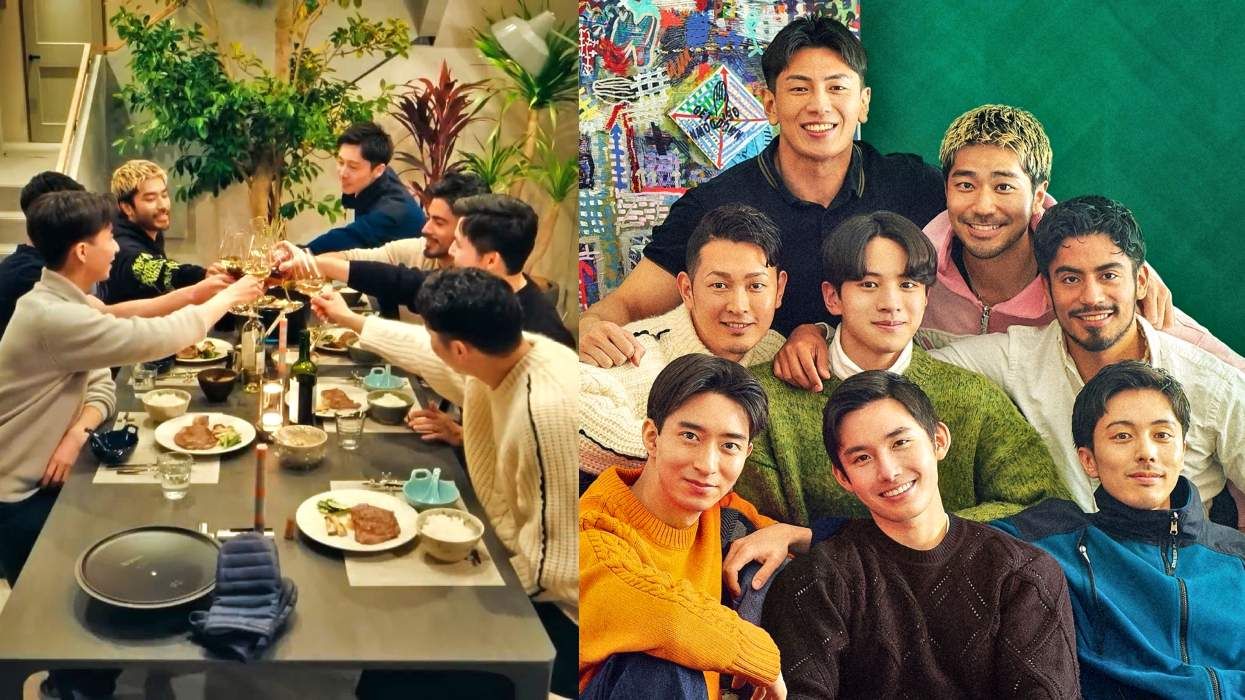Americans take to the open road pretty much everywhere -- except Mexico. Fears of corrupt police, violent kidnappings, and dusty cacti-lined roads rattle even the most intrepid road-trippers. But if youre armed with good maps or a GPS from your car rental agency, the countrys off-the-path charms can be yours. Escape the clamor and smog of Mexico City and take in the more relaxed states of Michoacn and Guanajuato. There youll be greeted by winding mountain roads, UNESCO sites, fragrant forests, and hidden colonial villages. San Miguel de Allende in Guanajuato offers a spate of gay-owned hotels, restaurants, and cafs. Michoacn is equally welcoming and more remote -- lush valleys yield to mountainous altitudes where clandestine monasteries, wildlife sanctuaries, and obscure ruins punctuate the landscape.
Day One: Mexico City to Ptzcuaro MORNING:Hit the road toward Michoacns volcanic fir forests in the central highlands, about two hours away. Youll want to arrive at the butterfly sanctuary by noon, when the insects activity peaks. Take Mex-15D west to exit the city and head to Toluca, where youll pick up Mex-15 and continue west through the subtropical Toluca Valley toward the arid highlands. One hundred million monarchs migrate annually to the three butterfly sanctuaries in this area, about 40 miles east of Morelia. The Santuario de Mariposas el Rosario is the best, and the fir forests there are ablaze with orange flutters, creating a truly breathtaking experience unique to Mexico. The trail to the mountaintop groves is a rugged, high-altitude trek exceeding 10,000 feet, so take it easy and drink lots of water. AFTERNOON:Afternoon: Refuel on home-style cooking like atole (a hot corn drink), a volcanic-rock molcajete full of guacamole, and pork- and chicken-stuffed tamales at cozy Los Arcos (Plaza de la Constitucin 5A) in the tiny town of Angangueo at the base of the sanctuary. Then continue two hours on the corkscrew toll roads to Ptzcuaro (Mex-15D to Mex-43D). Just outside Ptzcuaro are the Purpecha ruins of Tzintzuntzan (the place of hummingbirds), which sit on a windswept plateau overlooking Lake Ptzcuaro and the villages surrounding it. Priscillas (Ibarra 15, +52-434-342-5708) is considered the finest restaurant in town and is remarkably affordable for what you get, and the shrimp burgers from the vendor on the corner of Iturbe and La Paz are favorites with locals. SLEEP: Run by the same family since 1790, the elegant Mansin Iturbe (Portal Morelos 59, +52-434-342-0368) is a colonial slice of relaxation in the heart of bustling Ptzcuaro. Margarita Arriaga is an exuberant hostess and happy to discuss her familys 200-year ownership of the property in the sun-dappled courtyard over a few drinks. Day Two: Zitcuaro to San Miguel de Allende MORNING:Mornings are exceptionally golden along these roads, so head out early past Uruapan toward mysterious San Juan Parcutin, a town buried by lava when a local volcano erupted in 1943. Explore the ruins from the sleepy mountain town of Angahuan (25 minutes from Uruapan), where a 30-minute trail leads to a colonial church steeple that protrudes through hardened lava. Back in the village, Veronica Amado, who prepared her homemade dishes for the UNESCO folks in Paris when Mexico nominated its cuisine for World Heritage status, serves lunch in her tidy house, overseen by a somewhat crazy (and thankfully penned) bull. (+52-452-452-8121). AFTERNOON: Head two hours north to San Miguel de Allende via Mex-15 and Mex-51. San Miguel is said to have the same natural light as Florence, Italy, which explains why so many painters, writers, and artists have made it their home. A stroll to the Instituto Allende (Ancha de San Antonio 20, +52-415-152-0190), established in 1951, is a good way to get a sense of the town. Find a wrought iron bench under one of the many purple-blossomed jacaranda trees and admire the campus, once a luxurious country estate. The institutes Galera La Prgola showcases excellent exhibits of modern Mexican art.An evening on the towns bustling zcalo, El Jardin, is a must. Its hard not to be mesmerized by the magnificent La Parroquia churchs Gothic pink granite steeple. Position yourself at Restaurant del Jardin (Portal Allende 2, +52-415-152-5006), which sits in the shadow of La Parroquia. Sip on micheladas (beer, lime, pepper) and dig into chilaquiles and tacos. SLEEP: Gay-owned Las Terrazas San Miguel (Santo Domingo 3, +52-415-152-5028) is run by American expats and made up of four tastefully furnished casitas. The Casa de Sierra Nevada (Hospico 42, +52-415-152-7040) is run by the Orient-Express Hotels and was built as an archbishops residence in 1580. Day Three: San Miguel de Allende to Mexico City MORNING: San Miguel is filled with boutiques selling high-quality, low-priced artisanal foods, silver, glass, leather, wood-wares, and metalwork. La Casa del Vidrio (Correo 11, +52-415-152-0102) is a treasure trove of beautiful handblown glass, while Piel Canela (Cuna de Allende 11, +52-415-152-1801) is a tidy leather boutique selling goods under $20, which theyll monogram for free. AFTERNOON: Start with a cooking class or a market tour at Sazn (Correo 22, +52-415-154-7671) with gay chef Paco, who also owns the adorable and successful El Petit Four patisserie (Mesones 99, +52-415-154-4010). Paco will show you the secrets to successful salsa and fill you in on the towns gay and foodie gossip. Continue back to Mexico City, which should take you about two hours. If time permits, stop in Quertaro for a quick bite or to pick up some of its celebrated opals. Send a letter to the editor about this article.
Search
Latest Stories
Sign me up!
See what's new and hot in queer entertainment, in your inbox three times a week.
@2025 PUBLISHING INC
ALL RIGHTS RESERVED
ALL RIGHTS RESERVED
By continuing to use our site, you agree to our Privacy Policy and Terms of Use.
The Latest
More For You
Most Popular
Load More
@2025 PUBLISHING INC
ALL RIGHTS RESERVED
ALL RIGHTS RESERVED






























